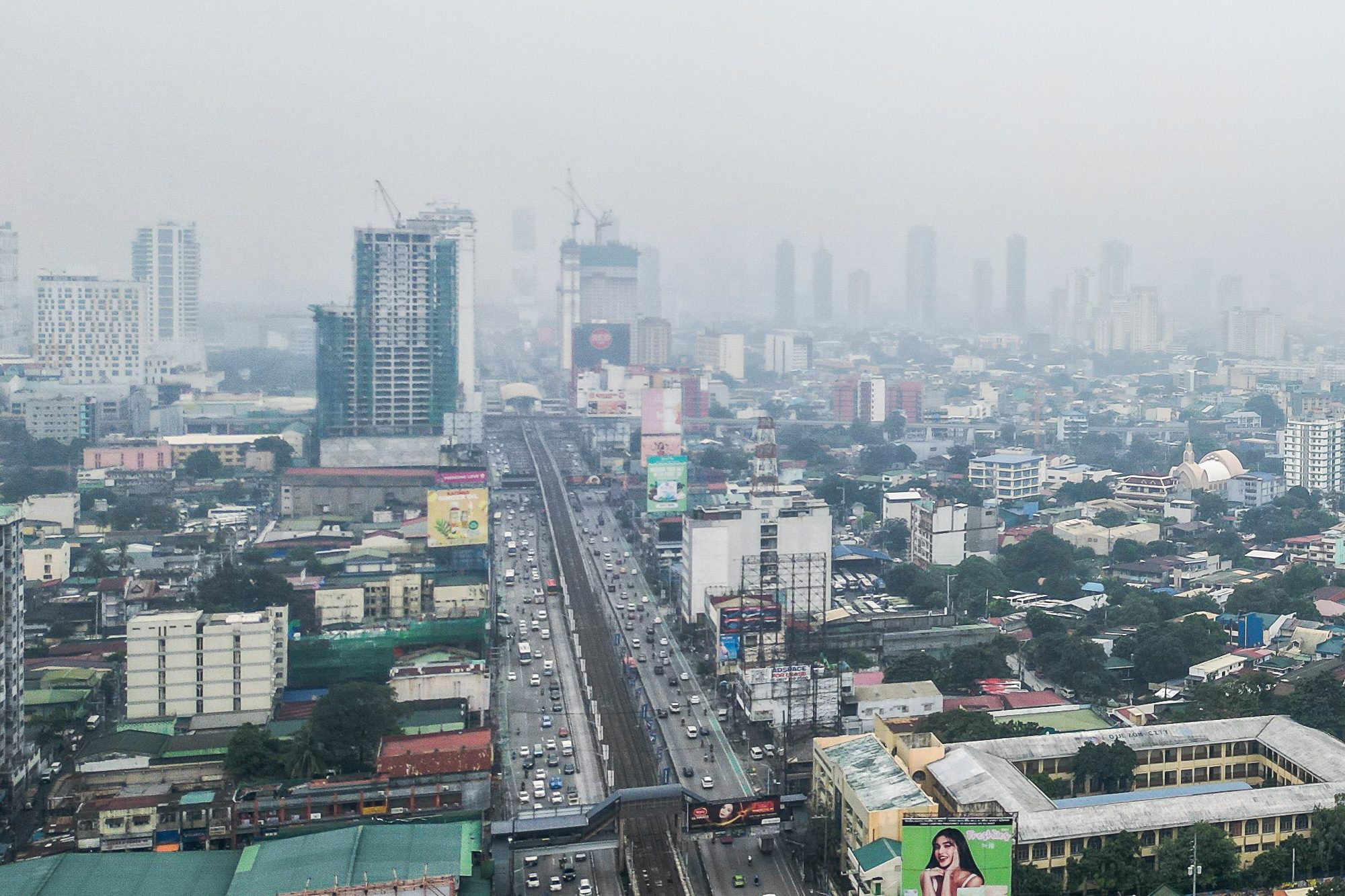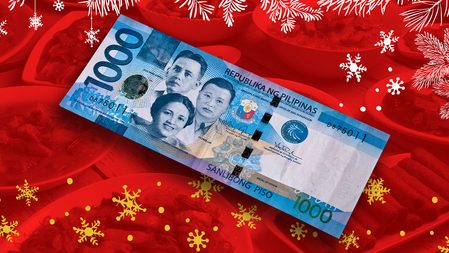SUMMARY
This is AI generated summarization, which may have errors. For context, always refer to the full article.

MANILA, Philippines – There are less poor Filipinos in the first half of 2023 as compared to 2021 figures, the Philippine Statistics Authority (PSA) reported on Friday, December 22.
The report, released on Friday, December 22, estimated that 16.4% or 4.51 million Filipino families are below the poverty threshold of P13,797 per month.
Poverty incidence is the proportion of poor Filipino individuals or families whose per capita income is insufficient to meet basic food and non-food needs.
This is lower than figures from 2021 during the pandemic, when poverty incidence among families was registered at 18.1%.
In terms of population, the survey estimated that 22.4% or 25.24 million Filipinos are below poverty threshold.
Meanwhile, 5.9% or about 1.62 million Filipino families are food poor.
These are families below the monthly food threshold of P9,550 per month, who cannot buy even the basic food needs to satisfy nutritional requirements for economic and social physical activities.
In a statement released on Friday, President Ferdinand Marcos Jr. welcomed the development which makes “the goal of attaining a single-digit poverty level by 2028 more achievable.
The decline is equivalent to 230,000 households escaping poverty, according to National Economic and Development Authority (NEDA) director general Arsenio Balisacan.
Balisacan attributed this to the lifting of COVID-19 restrictions.
“The decision to fully open the economy and lift all COVID-19 restrictions in the country starting in 2022 has allowed us to recover from the unprecedented, combined impact of the pandemic and the government’s policy responses to the crisis,” the NEDA chief said in a statement on Thursday.
Balisacan also said that the government’s efforts to manage the effects of inflation “have yielded significant results.”
The passing year saw spike in prices of basic food needs such as sugar, onions, and rice. In the latest report released this December, however, the PSA reported an easing in inflation in light of the downtrend in food prices.
Moving forward, the NEDA chief said they will ensure effective implementation of programs aimed at reducing poverty and the creation of “high-quality and high-paying jobs.”
Meanwhile, independent think tank Ibon Foundation compared the 2023 figures to the 2018 report.
“Poverty only seems lower because it’s compared to when the economy was locked down,” said Sonny Africa, Ibon Foundation executive director, in a statement.
In 2018, the poverty incidence among Filipino families was estimated at 16.1%.
Africa said that to combat poverty, the government needs “to build the Filipino industries so needed to create more jobs and improve incomes.”
“Compared to the first semester of 2018, there are 3 million more poor Filipinos or 472,000 more poor families– even by the unrealistically low poverty line of just P91 per person per day.”
– Rappler.com
Add a comment
How does this make you feel?




![[Just Saying] SONA 2024: Some disturbing points](https://www.rappler.com/tachyon/2024/07/TL-marcos-sona-points-july-23-2024.jpg?resize=257%2C257&crop=335px%2C0px%2C720px%2C720px)

There are no comments yet. Add your comment to start the conversation.